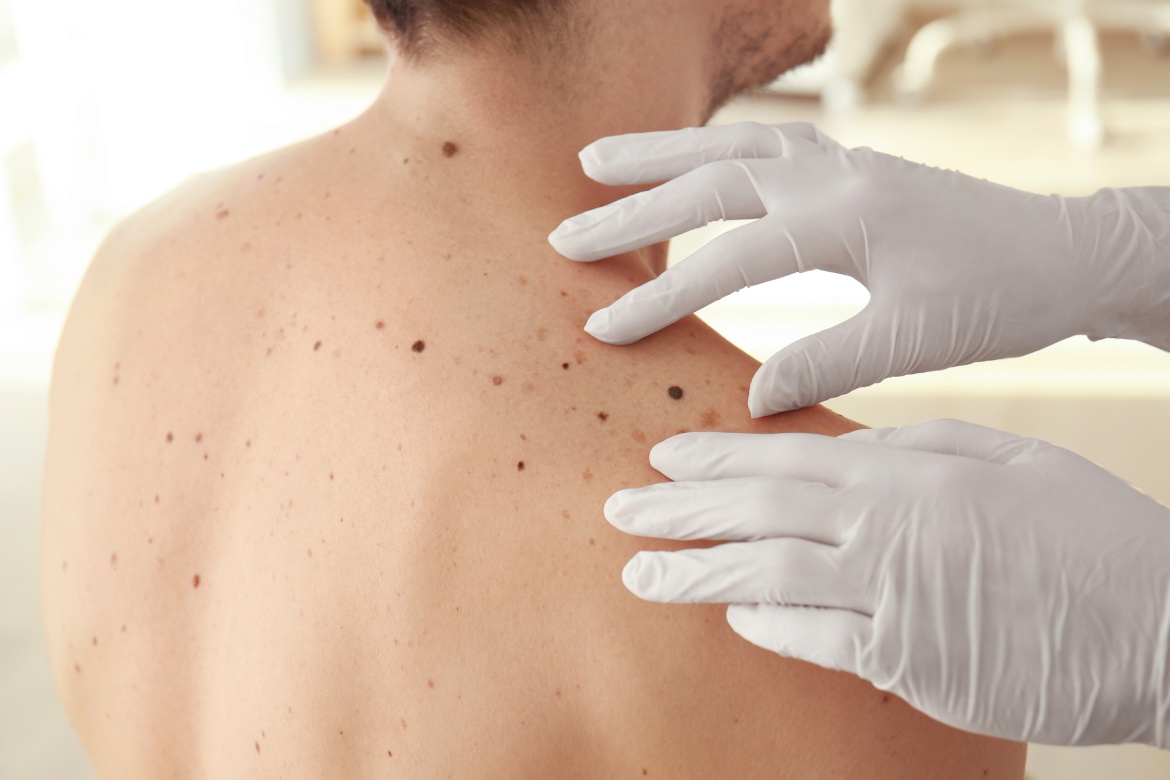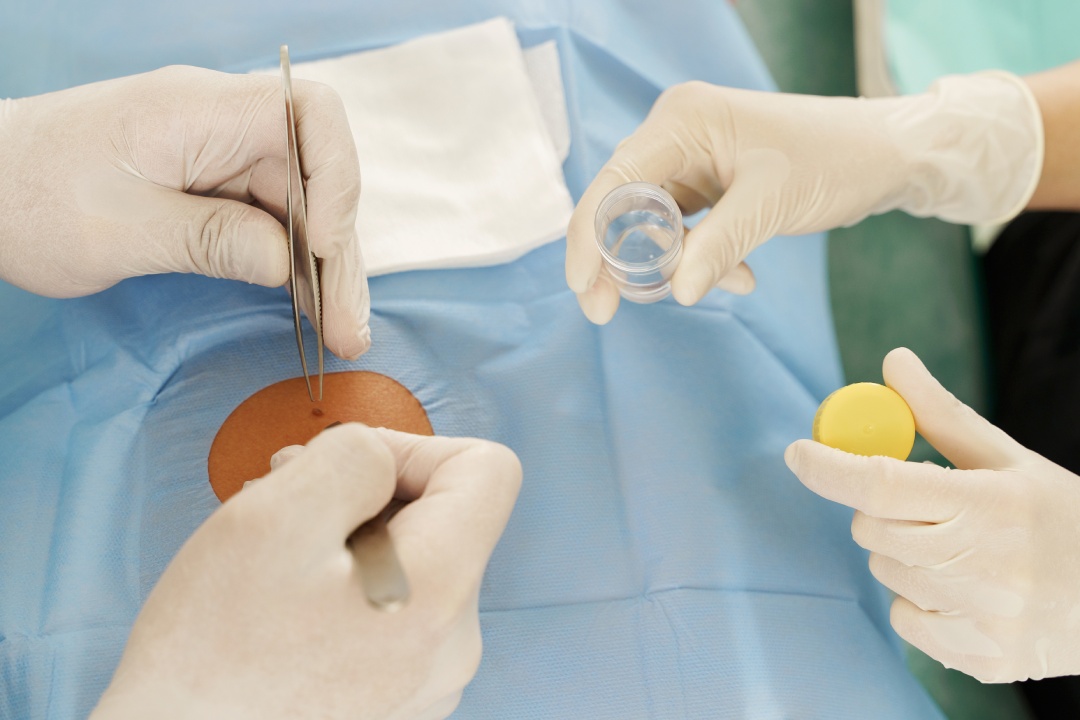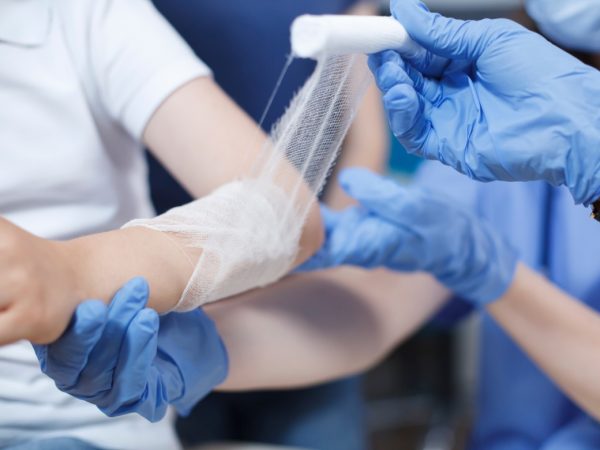Getting A Biopsy Test in Texas: Early Detection for Skin Cancer
Texas’s sunny climate offers beautiful days and warm weather year-round, but it also comes with a hidden risk: higher exposure to harmful UV rays. Because of this increased exposure, the likelihood of developing skin cancers is significantly raised, which is concerning considering that skin cancer is one of the most common and potentially deadly forms of cancer.
Early detection is crucial in combating skin cancer, and that’s where biopsy testing plays a lifesaving role. Whether it’s a suspicious mole, a new skin growth, or an unusual spot that has you concerned, a biopsy can provide definitive answers and peace of mind.
Let’s take a closer look at biopsy testing and help you answer any troubling questions you may have.
Why Skin Cancer is a Major Concern in Texas
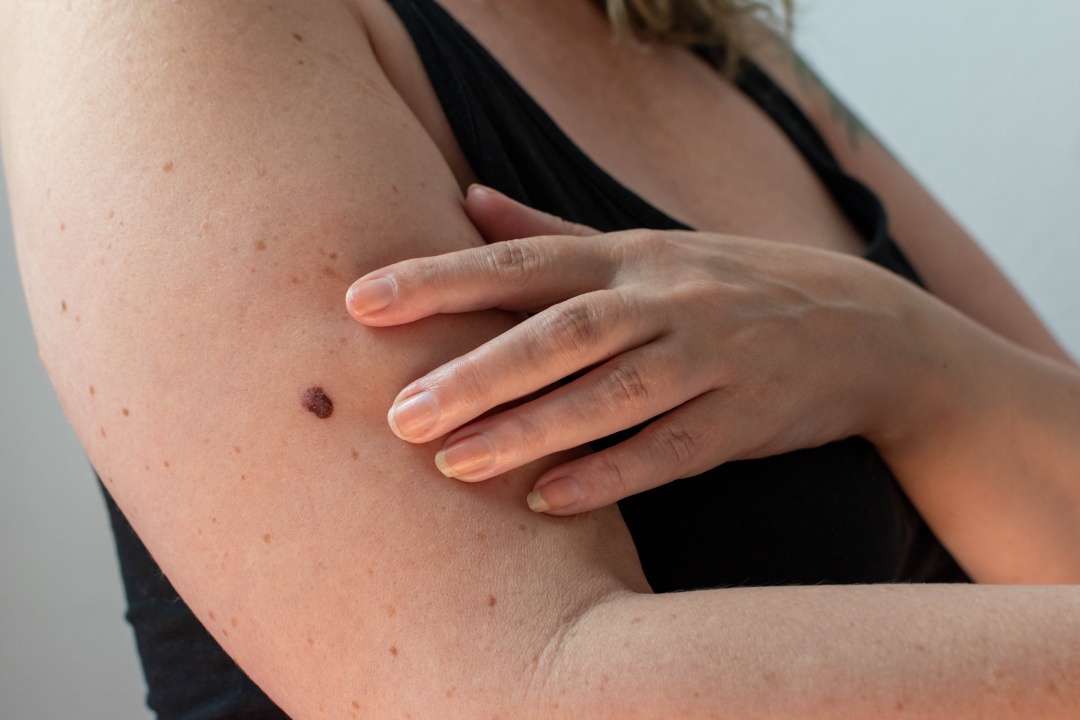
Skin cancer casts a significant shadow across America, particularly affecting sun-soaked states like Texas. With more than 5 million diagnoses annually nationwide, it stands as the country’s most prevalent form of cancer. The risk runs especially high in Texas, where year-round sunshine and an outdoor-oriented culture create perfect conditions for increased UV exposure.
For Texans, the statistics paint a sobering picture: the American Cancer Society reports that 20% of Americans will face a skin cancer diagnosis by age 70, with elevated risks in sun-intensive regions like Texas. The state’s climate delivers a double-edged sword – while the abundant sunshine supports an active lifestyle, it also bathes residents in persistent UV radiation throughout the year. This continuous exposure, if unprotected, gradually accumulates, potentially triggering serious conditions including melanoma, basal cell carcinoma, and squamous cell carcinoma.
Our outdoorsy nature as Texans combined with the year-round sunshine means that we have to be more vigilant than most when it comes to skin cancer. This can be as basic as being religious about daily sun protection but it can also be as getting a biopsy test should we notice something concerning.
What Is A Biopsy Test?
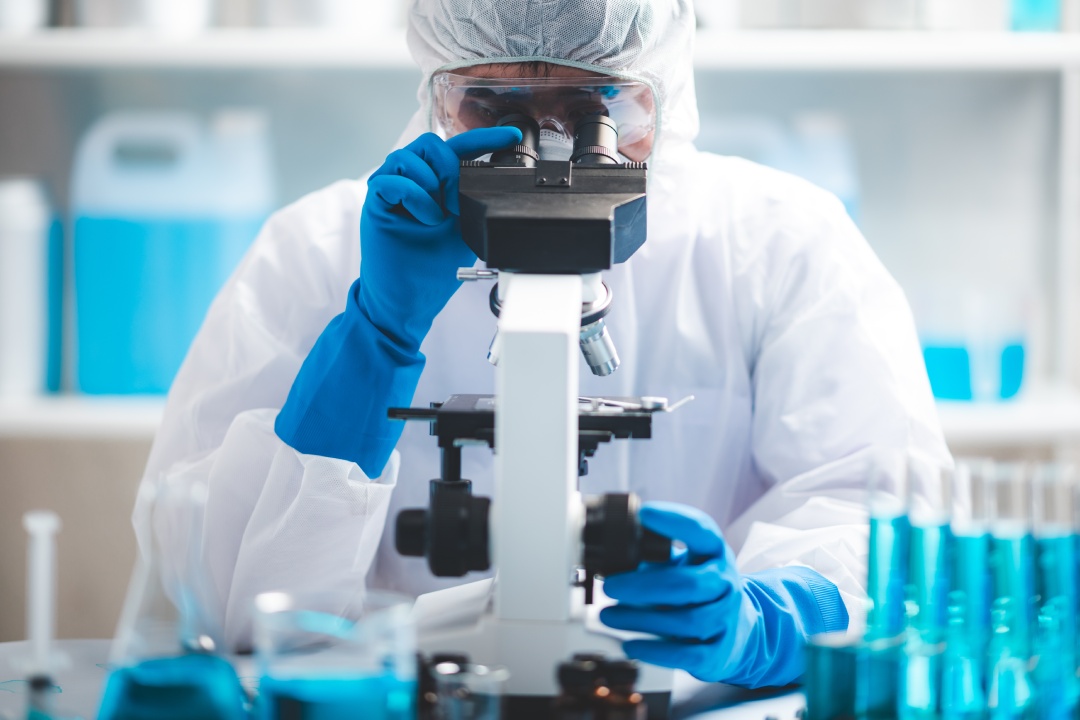
A biopsy is a simple yet critical medical procedure used to diagnose skin conditions, including skin cancer. During a skin biopsy, a dermatologist removes a small sample of tissue from a suspicious area to examine it under a microscope. This analysis helps determine whether the cells are benign (non-cancerous) or malignant (cancerous), allowing for accurate diagnosis and effective treatment planning.
There are three primary types of skin biopsies, each suited to different scenarios:
- Shave Biopsy: A thin layer of skin is shaved off using a small, sharp blade. This method is often used for raised moles or growths.
- Punch Biopsy: A circular tool is used to remove a deeper sample, including layers of skin beneath the surface. This technique is ideal for suspicious spots that require a more thorough examination.
- Excisional Biopsy: The entire lesion or abnormal area is removed using a scalpel. This method is typically reserved for larger or more concerning growths.
Dermatologists choose the biopsy type based on the size, location, and characteristics of the suspicious area to ensure the most accurate results.
How The Biopsy Procedure Works
A skin biopsy is a straightforward and quick procedure that typically takes place in a dermatologist’s office. Here’s what patients can expect:
Preparation: The area of concern is cleaned, and a local anesthetic is applied to numb the skin, ensuring minimal discomfort during the procedure.
Tissue Removal: Depending on the biopsy type, the dermatologist will use a blade, punch tool, or scalpel to remove the sample. The process usually takes just a few minutes.
Post-Procedure Care: Once the tissue is removed, the site may be stitched or bandaged, depending on the size of the sample. Patients will receive aftercare instructions to keep the area clean and prevent infection.
Most patients report little to no discomfort during and after the procedure, thanks to the local anesthetic. Recovery is quick, with most biopsy sites healing within a few days to a couple of weeks.
The biopsy result is typically available within a week or two. If the findings indicate skin cancer or another condition requiring treatment, your dermatologist will discuss the next steps, so that you can receive prompt and effective care.
When Is A Biopsy Test Recommended?
Detecting skin cancer early often starts with recognizing abnormal changes in your skin. One of the most effective tools for identifying warning signs of melanoma is the ABCDEs of melanoma:
- Asymmetry: One half of the mole or spot doesn’t match the other.
- Border: Edges are irregular, ragged, or blurred.
- Color: Uneven coloration with varying shades of brown, black, red, white, or blue.
- Diameter: Larger than 6 millimeters (about the size of a pencil eraser).
- Evolution: Changes in size, shape, color, or any new symptoms like itching or bleeding.
In addition to the ABCDEs, watch for other changes in your skin’s appearance or texture, such as persistent sores that don’t heal, scaly, raised, or crusted growths, and itching, tenderness, or pain in a specific spot.
Biopsy Test for Cancer: Why Early Detection Matters
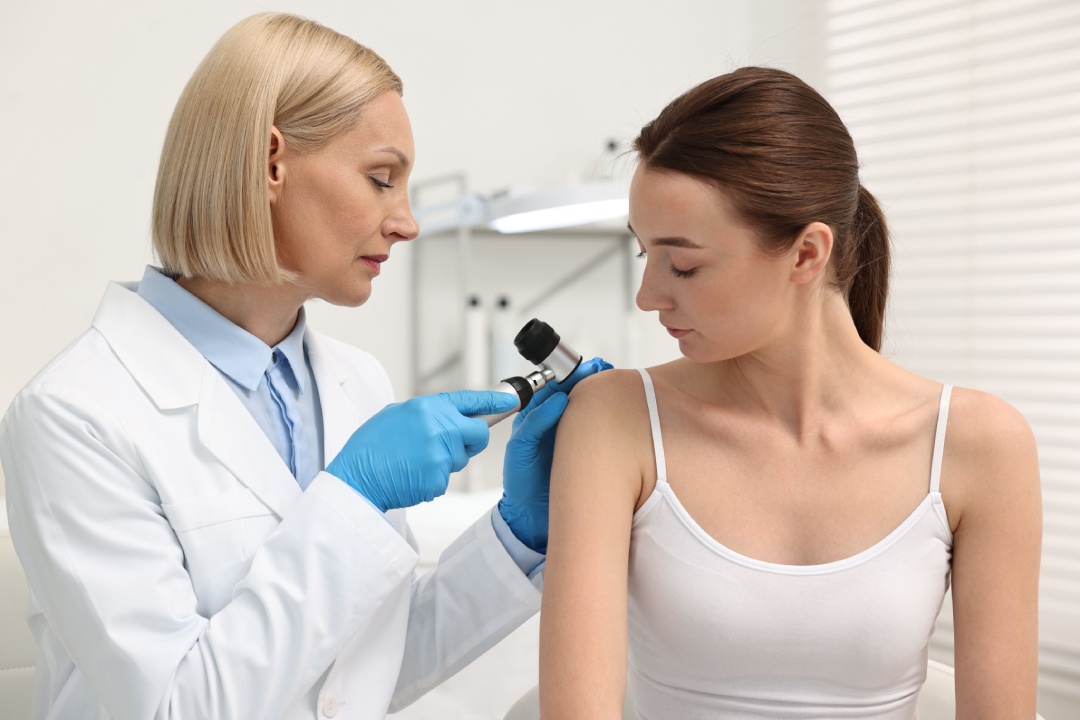
Early detection of skin cancer significantly improves survival rates and reduces the need for invasive treatments. According to the American Cancer Society, the 5-year survival rate for melanoma is 99% when detected in its earliest stages, before it spreads to the lymph nodes or other parts of the body. However, this rate drops dramatically to 66% when the cancer reaches the lymph nodes and to 32% when it spreads to distant organs.
By catching skin cancer early through regular monitoring and prompt biopsies, patients can avoid these more invasive and costly treatments, further underscoring the importance of early diagnosis.
Where To Get A Biopsy Test in Texas
When it comes to your health, choosing a trusted provider for a skin biopsy is essential. If you’re in Texas and concerned about skin abnormalities, Kuye Medical Group is here to help. With a patient-focused approach and expert care, they specialize in diagnosing and treating a wide range of skin conditions, including suspicious moles, lesions, and other growths.
Start by making your appointment and we will be here to guide you through the whole process with care and compassion.

